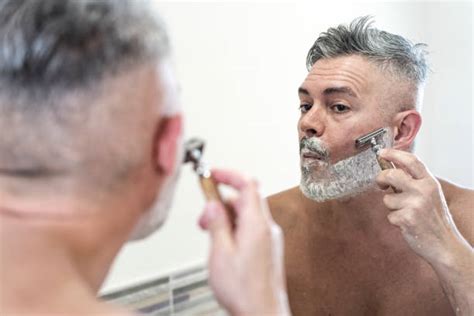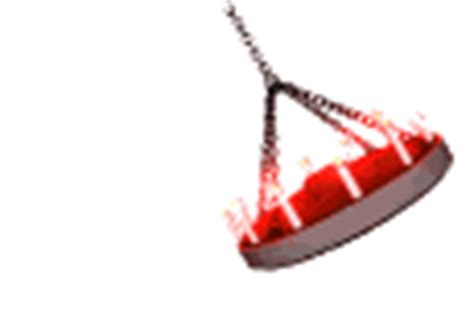Optimal shave routine: prevent razor burn & ingrowns for peak skin performance?

For many, shaving is a daily ritual, yet it often comes with the unwelcome companions of razor burn, irritation, and stubborn ingrown hairs. Achieving that coveted smooth, blemish-free skin isn’t just about the right razor; it’s about a holistic approach to your shaving routine. This article will guide you through the optimal steps to prevent these common woes and unlock your skin’s peak performance.
The Foundation: Pre-Shave Preparation
A successful shave begins long before the blade touches your skin. Proper preparation softens the hair, opens pores, and creates a slick surface, significantly reducing friction and tugging.
- Cleanse Thoroughly: Start with a gentle facial cleanser to remove dirt, oil, and dead skin cells. This prevents bacteria from entering nicks and minimizes the risk of infection and ingrowns.
- Warm Water or Steam: Apply a warm, damp towel to your face for a few minutes, or shave after a hot shower. The heat helps to soften your hair and relax your skin, making it more pliable for shaving.
- Exfoliate (Periodically): Once or twice a week, use a mild facial scrub to slough off dead skin cells. This helps to free trapped hairs that could otherwise become ingrown and ensures a smoother path for your razor.
- Apply Pre-Shave Oil: A quality pre-shave oil creates a protective barrier between your skin and the blade, providing extra lubrication and reducing drag and irritation.
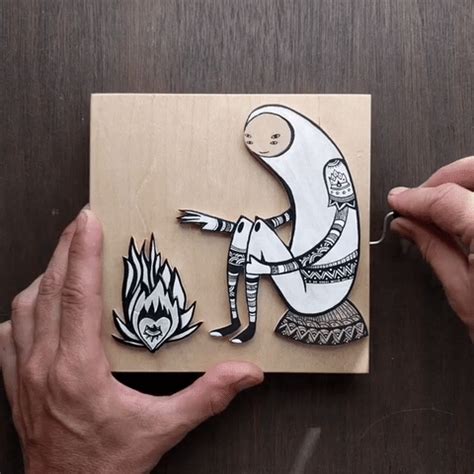
Mastering the Shave Technique
The way you handle your razor is paramount to preventing irritation and achieving a close, comfortable shave.
- Use a Sharp Blade: This is non-negotiable. A dull blade tugs at hair, causing irritation, nicks, and an uneven shave. Change your blade or cartridge every 5-7 shaves, or at the first sign of discomfort.
- Lather Up Generously: Use a high-quality shaving cream, gel, or soap that creates a rich, thick lather. This lifts the hair, provides ample lubrication, and helps the blade glide effortlessly. Allow the lather to sit on your skin for a minute or two to further soften the hair.
- Shave With the Grain First: For the initial pass, always shave in the direction your hair grows. This is the least irritating method and is crucial for preventing razor burn and ingrown hairs.
- Light, Short Strokes: Let the razor do the work. Apply minimal pressure and use short, controlled strokes. Repeated passes over the same area increase irritation. Rinse your blade frequently to prevent hair and cream build-up.
- Optional Second Pass (Across or Against the Grain): If you desire a closer shave and your skin can tolerate it, re-lather and shave across the grain. Shaving directly against the grain should generally be avoided, especially if you’re prone to razor burn or ingrowns.
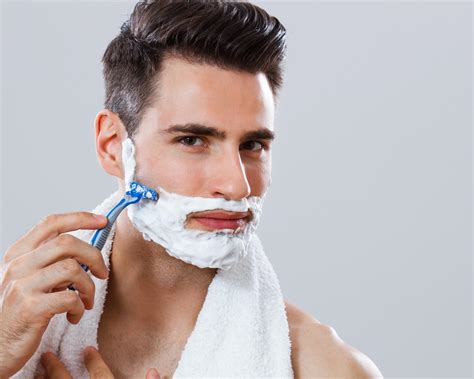
Post-Shave Care: Soothe and Protect
The steps you take immediately after shaving are critical for calming the skin and preventing issues.
- Rinse with Cold Water: Splash your face with cold water to close pores and soothe any post-shave heat.
- Pat Dry Gently: Use a clean, soft towel to gently pat your skin dry. Avoid harsh rubbing.
- Apply an Alcohol-Free Aftershave Balm or Moisturizer: This step is vital for hydration and calming the skin. Look for products with ingredients like aloe vera, witch hazel (alcohol-free), and hyaluronic acid. Avoid products containing alcohol, which can dry out and irritate the skin.
- Consider a Serum for Ingrowns: If you are particularly prone to ingrowns, a targeted serum with salicylic acid or glycolic acid can be applied after your aftershave balm to help keep pores clear.

Preventing Ingrown Hairs: A Targeted Approach
Ingrown hairs occur when hair curls back into the skin instead of growing outwards. Beyond the routine steps, these actions can help:
- Regular Exfoliation: As mentioned, regular exfoliation (chemical or physical) helps keep the hair follicles clear so hair can grow out freely.
- Loose Clothing: If you shave areas other than your face, wearing loose-fitting clothing immediately after can prevent friction that might push hairs back into the skin.
- Hot Compresses: For existing ingrowns, a warm compress can help bring the hair to the surface.
- Never Pick: Resist the urge to pick or dig out ingrown hairs, as this can lead to infection and scarring.
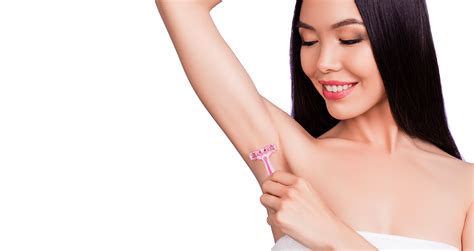
Advanced Tips for Sensitive Skin & Problem Areas
If you consistently struggle with irritation, consider these adjustments:
- Single-Blade Razors or Safety Razors: While they require a bit of practice, a single-blade razor minimizes passes and can be less irritating than multi-blade cartridges for some.
- Electric Shavers: For extremely sensitive skin, an electric shaver might be a better option as it provides less direct contact with the skin, though it may not achieve as close a shave.
- Consistency: Stick to a routine. Your skin adapts to regular care.
- Observe Your Skin: Pay attention to how your skin reacts to different products and techniques, and adjust accordingly.
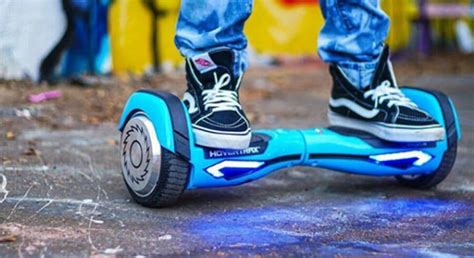
An optimal shave routine isn’t just about removing hair; it’s about nurturing your skin. By following these comprehensive steps – from meticulous preparation to attentive post-shave care – you can effectively prevent razor burn and ingrown hairs, revealing smoother, healthier skin and achieving peak performance every time you shave.






